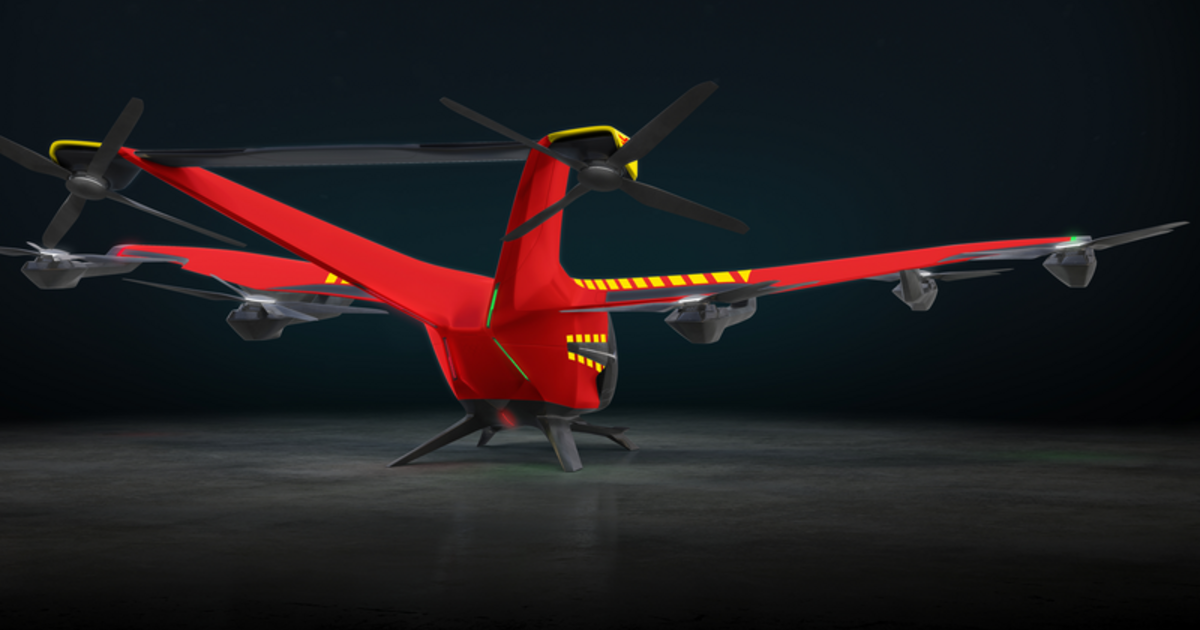

Image courtesy: Airbus
On 8th March 2023, Airbus announced a new partnership with the Norwegian Air Ambulance Foundation. Its purpose is to investigate the use of eVTOLs in first-response healthcare and how this could change how we deal with emergencies.
Considering the Norwegian Air Ambulance Foundation has a robust force of Airbus helicopters, how will eVTOLs work alongside them? What could this mean for the future of first-response healthcare?
A study published in September 2022 outlined the potential use cases for eVTOLs in the healthcare industry. One of the main potential uses is to transport specialist doctors to the scene of an emergency, which contrasts against traditional medical response, where a patient would be taken to a hospital. The most obvious benefit to this shift is the ability to deal with an emergency much faster.
The study also looked further into the future at the idea of patient transport. Currently, this isn't an option due to the potential range of eVTOLs. As the study highlights, an emergency response aircraft can't necessarily return to base to recharge between trips, meaning eVTOLs would need a significantly greater range than what technology can allow.
However, Airbus is looking to address this by applying hydrogen propulsion systems to eVTOLs, which would vastly increase the range. For now, though, Airbus's focus in the AAM sector is on how eVTOLs can be used in emergency response, and this is where its new partnership comes in.
Airbus's CityAirbus NextGen project works alongside Norway's leading emergency air response company to see where eVTOLs could fit into its model. The current setup is that eVTOLs will complement existing helicopters by transporting medical specialists to accident scenes or organs between medical sites.
As it stands, Airbus helicopters will still be used for first responders to get to accident scenes. Therefore, eVTOLs are not looking to replace existing technology but rather work alongside it to improve services for patients and medical providers.
But why Norway? First, as mentioned, the Norwegian Air Ambulance Foundation already operates a fleet of Airbus H135 and H145 helicopters, so continuing to partner with Airbus is a natural progression of the relationship.
Another major factor is that the Norwegian Air Ambulance Foundation is a well-established name in first-response innovation. For example, it conducted research into the applicability of integrating a CT scanner into a H145 helicopter. It is, therefore, in an excellent position to research future uses of emerging technology in this sector.
While there is no set date for the project's launch, the Airbus eVTOLs already have theoretical use in certain areas due to their speed and level of access. As we discussed in our article on the feasibility of eVTOLs in healthcare, this is one of their advantages over traditional helicopters.
In 2022, Airbus launched its LifeSaver initiative with the Estonian government. It follows a similar vein of research to its Norwegian partnership, as it'll focus on the use of UAM in healthcare services. Both projects will primarily investigate how eVTOLs can add value to existing infrastructure, but this is a vital step in understanding how they can comfortably work alongside medical response helicopters.